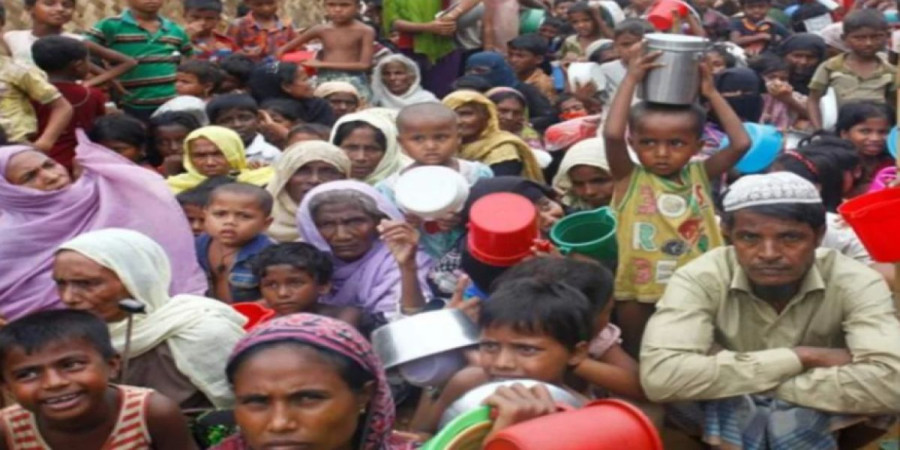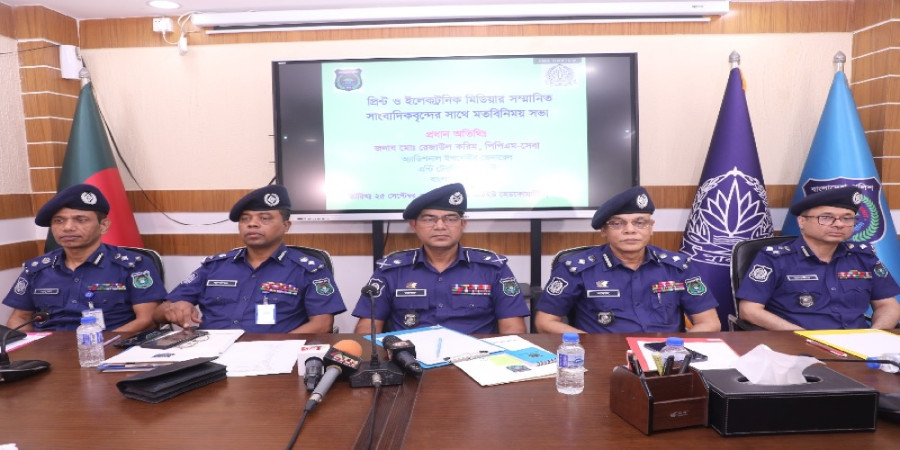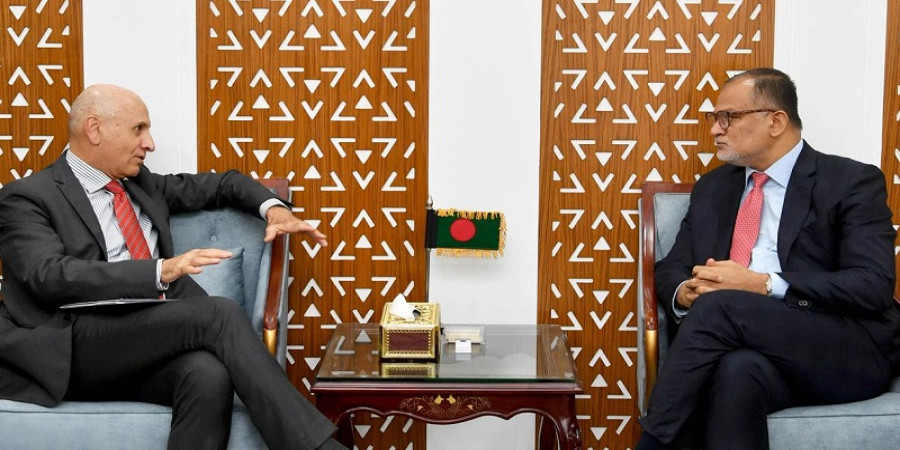
ছবি: Photo: Collected
According to the Bangladesh Bureau of Statistics (BBS), 19.2% of the country’s population lives below the poverty line. The data reveals that poverty is more prevalent in rural areas compared to urban regions. Among the divisions, Barisal has the highest poverty rate, while Chattogram has the lowest. At the district level, Madaripur has the highest poverty rate, and Noakhali has the lowest. The most impoverished upazila is Dasar in Madaripur, while Dhaka’s Paltan has the least poverty.
On Thursday, BBS released the "Poverty Map of Bangladesh 2022" at an event held at the Bangladesh Institute of Capital Market (BICC) conference hall in Agargaon, Dhaka. The event was attended by government officials, representatives from the United Nations and development organizations, researchers, and other stakeholders. Md. Mahbub Hossain, Secretary of the Statistics and Informatics Division, was the chief guest, while Simon Lawson Parchment, Deputy Country Director of the World Food Programme, was a special guest. The session was presided over by BBS Director General Md. Mizanur Rahman.
The map indicates that, according to the "Household Income and Expenditure Survey 2022," the poverty rate was initially estimated at 18.7%. However, the mapping process revised this estimate to 19.2%. The data also shows a shift in poverty distribution, with rural poverty slightly decreasing while urban poverty has risen. In rural areas, poverty declined from 20.5% in the 2022 survey to 20.3% in the poverty map. Conversely, in urban areas, the poverty rate increased from 14.7% to 16.5%.
Regionally, Barisal Division recorded the highest poverty rate at 26.6%, whereas Chattogram Division had the lowest at 15.2%. Among districts, Madaripur had the highest poverty rate at 54.4%, while Noakhali recorded the lowest at 6.1%. At the upazila level, Dasar in Madaripur had the highest poverty rate at 63.2%, while Paltan in Dhaka had the lowest at just 1%.
According to BBS, poverty has increased in Sylhet, Rangpur, Khulna, and Dhaka divisions. Although Barisal remains the most impoverished division, its poverty rate has slightly decreased from 26.9% to 26.6%.
The findings also reveal significant disparities in poverty levels within Dhaka city. The lowest poverty rate is in Paltan, where only 1% of residents live below the poverty line. In contrast, the highest rate in the capital is in Kamrangirchar, where 19.1% of the population is impoverished. Other high-poverty areas in Dhaka include Bhashantek (16.2%), Mirpur (12.2%), and Banani (11.3%), despite Banani being considered an affluent neighborhood. Additionally, 11% of the population in Darus Salam, 9.8% in Adabor, and 9.4% in Jatrabari live below the poverty line.
Some of the least impoverished areas in Dhaka include New Market (1.7%), Ramna (4.4%), Motijheel (3.6%), Kotwali (2.9%), Gulshan (3.2%), Gendaria (2.4%), and Dhanmondi (1.5%).
According to the international poverty line set in 2017, individuals earning less than $2.15 per day are classified as living in poverty. The report highlights significant economic inequalities across Bangladesh, outlining ongoing challenges in the country’s fight against poverty.
repoter






